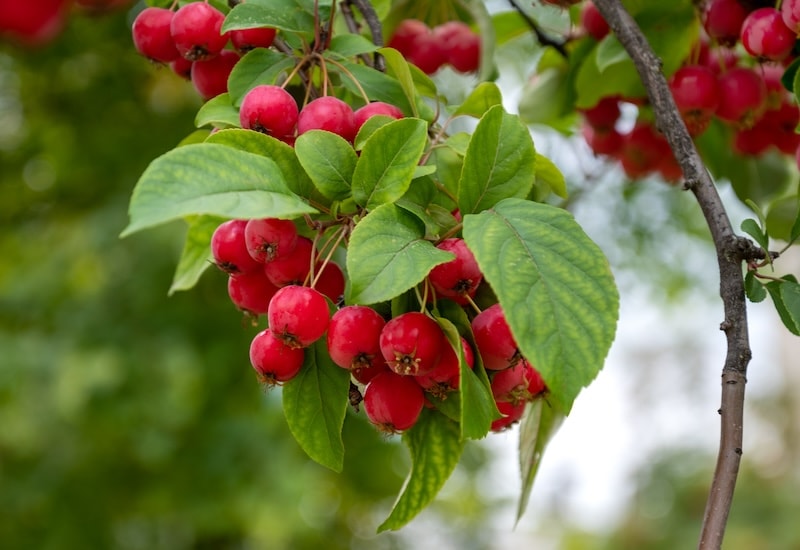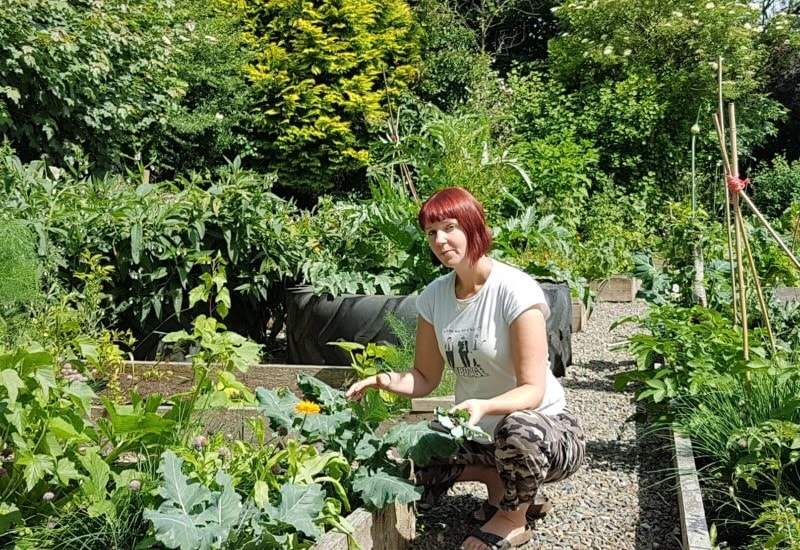What should a garden look like? Although natural-style planting features regularly at flower shows like RHS Chelsea, there’s still an ingrained perception that our outside spaces should have meticulously trimmed lawns, uniformly pruned shrubs, symmetrical flower beds and neat rows of vegetables.
But the problem with this approach, says author Kim Stoddart, is that it leaves your garden vulnerable to the elements and makes plants more needy of year-round attention. Here are her top tips to help improve your garden’s natural resilience…
Biodiversity is a different kind of beauty

Image: Scabious ‘Kudos Pink’ from Suttons
For many gardeners, weeds are a nemesis. But digging your garden over and leaving it weed/plant free over winter is damaging, making your precious loam much more susceptible to nutrient leach away. Likewise in the summer months, a neatly ordered and spaced flower bed is going to dry out a lot more quickly than one which is wilder in aesthetic with more ground cover plants to help keep precious moisture in.
Alongside the many, many timesaving perks of letting your garden grow a little wilder, the benefits to wildlife are immense. In turn, the advantages to your garden, and to you as the custodian of your plot, are tenfold when it comes to helping to build natural biodiversity and resilience from within. For example, in an eat-and-be-eaten world where your garden is truly alive with a range of wildlife and beneficial predators, it’s much harder for one type of creature to dominate and cause problems overall.
All life, great and small, has a role to play as part of the natural balance. So, by letting go of this image of the perfect, almost sterile, plot and actively encouraging wildlife in, our workload will be lessened, our gardens afforded greater protection and our lives enriched beyond measure.
Five ways to rewild your garden

Image: Crab Apple ‘Sun Rival’ from Suttons
- Grow wild: Allow even a small area of your garden to become a little overgrown. Letting wildflowers move in, the grass become long and a few stinging nettles to prosper and grow will encourage a greater range of wildlife (such as moths, butterflies, ladybirds and ground beetles).
- Make your own pond: Even an old basin placed in a hole in the ground has the potential to draw beneficial predators like frogs, newts and toads. Place some stones or a small woodpile nearby and see how your garden truly bursts into life.
- Don’t be meticulously tidy: Weeds like dandelions are an important source of nectar for early emerging bees so leaving them to flower and mowing before they set seed will help encourage pollinators into your plot. Likewise, leaf litter, some dead wood and stones all provide attractive habitats for a range of gardening heroes so leaving some in situ is a sensible option.
- Feed the birds: They play an important role in pecking off garden pests so give them some help during winter by filling bird feeders and leaving out water.
- Plant for pollen: The greater the mixture of all-year-round flowering plants you have, the better your garden will be from a pollinator perspective. Some of the best wildlife-friendly plants include honeysuckle, snowdrops, hellebores, thyme, lavender, rosemary and gorse.
Lead image: Kim Stoddart
Last Updated on February 10, 2025 by Suttons Horticultural Team





